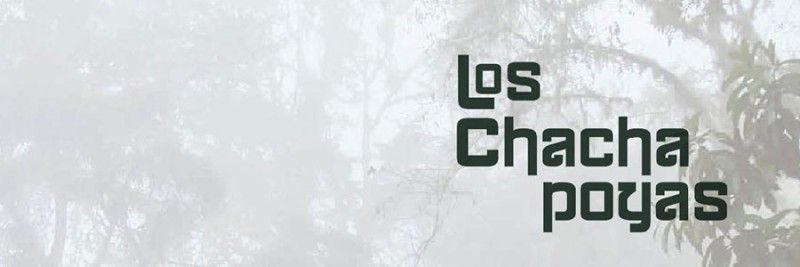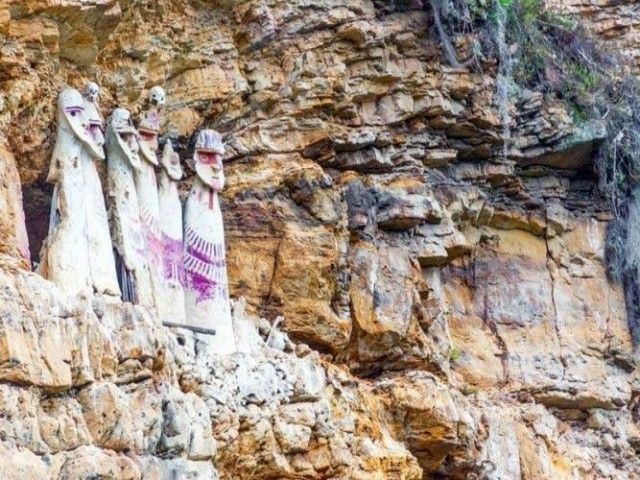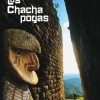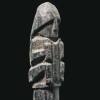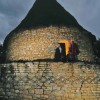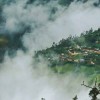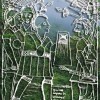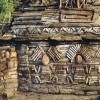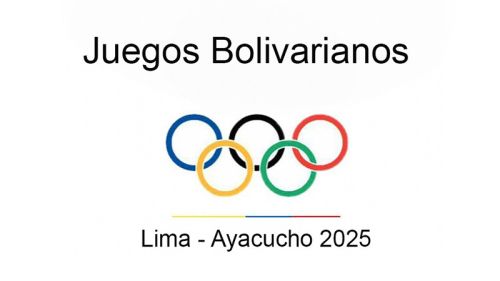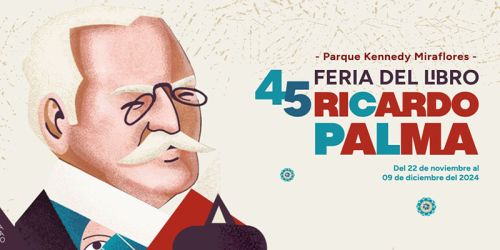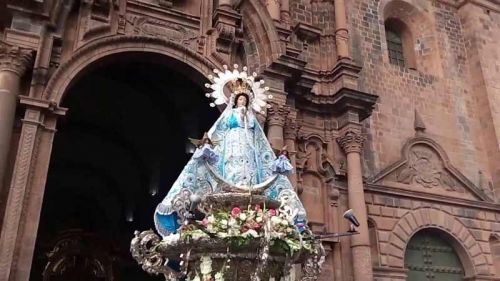The book “Los Chachapoyas” sponsored by BCP (Banco de Crédito) is a beautiful publication with breathtaking images. Even though if Spanish is not your forte the pictures will speak for themselves. To give you a general idea and better understand the content we translated the introduction of the book.
Among the various cultural expressions that reached their development prior to the Inca period, there is the one known as Chachapoyas. Despite displaying amazing architectural feats such as Pajatén, or that monumental construction whose walls rise to twenty meters such as Kuélap, this culture remained ignored until a few decades ago and, with few exceptions, it was barely known even by archaeologists themselves.
The Chachapoyas developed their culture in the Upper Amazon, in the spaces that extend along the eastern flank of the Andean Mountain range which we broadly call the Amazon Andes. They were far from the usual coastal and Andean spaces where the other pre-Hispanic cultures that we know settled down. The ancient Chachapoyas inhabited the northern sectors of the Amazonian Andes, occupying what currently corresponds to the southern part of the department of Amazonas, the upper parts of the current department of San Martín and some properties located in the eastern end of the department of La Libertad. On the western side they had as a natural border the Marañón River and on the eastern side the Andean slope that points towards the Amazonian plain. However, further research is still pending to determine the exact extent of its influence. Even today it is not possible to make a smooth tour of its traditional territory, due to the dense tropical forest vegetation that covers a rugged topography like a green mantle.
The landscape of the Amazonian Andes, despite being characterized by an exuberant flora and fauna, shows differences according to its different altitude levels. As these are located at a higher altitude, the trees decrease in size. Thus, when the tropical forest reaches altitudes that, as incredible as it may seem, exceed 3,000 meters above sea level, the trees form colonies of what is called "dwarf forest", which finally thin out near the mountain peaks and give way to ichu (a grass typical of the cold heights of the Andes). The phenomenon by which tropical vegetation still thrives at such remarkable altitudes is due to the region's proximity to the equator, as well as the high rate of humidity produced by the mist, which rises from the Amazonian plain.
We must keep in mind that the Chachapoyas did not occupy all the altitude zones of the Amazonian Andes. Their main settlements were built in sporadic spaces between two and three thousand meters above sea level, as confirmed by the archaeological sites of Pajatén (2,850 meters) and Kuélap (3,000 meters). That does not mean that the Chachapoyas did not venture into somewhat higher or lower altitudes, either for the purpose of grazing American camelids, such as the llama, or to obtain products from warmer areas.
That the Chachapoyas mainly populated spaces between two and three thousand meters high and that their cultural characteristics were not of Amazonian roots, are indications of their Cordilleran origin. We can estimate that the Chachapoyas culture was basically a modality of the Andean culture, presenting differences due to various factors such as the time and space in which they developed. It must be emphasized that the mighty Marañón (river) meant a powerful fence that isolated them from the rest of the Andean groups that were contemporary to them. These considerations have led us to propose the hypothesis of an "Andeanization" of the Amazonian Andes carried out by the original Chachapoyas.
According to chronological calculations, the first Chachapoyas must have occupied the northern Amazonian Andes around the 9th-10th century, immigrating perhaps as part of a state project carried out in times of the Tiahuanaco-Huari or Wari domination. This migration should not have occurred by free initiative, if one considers that the Amazonian Andes turn out to be inhospitable for Andean settlers such as the Chachapoyas. We must add that, being farmers, immigration meant not only facing a hostile environment, but also making the decision to employ an extraordinary share of collectively organized labor - for example, to fell trees, clear brush and build terraces - to create sufficient cultivable areas and make them produce.
A similar phenomenon of occupation of areas of the Amazonian Andes by groups of Andean migrants took place in Inca times with the population transfer to the Vilcabamba region. Undoubtedly, this displacement must have obeyed a state project, since otherwise the presence of noticeable monuments, of unmistakable Inca style, such as Machu Picchu (2,400 meters above sea level), Choquequirao (3,100 meters above sea level) Wiñay Huayna (2,700 meters above sea level), Sayacmarca (3,730 meters above sea level), in addition to other constructions in that type of scenario.
Like the Incas, the Chachapoyas were also excellent architects, as evidenced in Kuélap, as well as Olán, Pajatén, Vira Vira and other monumental sites. They also needed to have large centers of administration and worship, aimed at achieving food surpluses that would allow them to overcome periods of shortage caused by recurrent climatic factors that interrupted the cycles of agricultural production in the Amazonian Andes. In fact, such was the case of most monumental buildings built in ancient Peru.
The Chachapoyas, like the Andeans in general, were devoted to their illustrious deceased. The bodies were mummified and carefully wrapped up to form a package or "funeral bundle". The bundles were buried in imposing mausoleums or chullpas (funerary tower), such as Revash, or Los Pinchudos, the latter near Pajatén. Another practice was that they were placed in sarcophagi or purunmachus (large capsules with an anthropomorphic appearance). As in other latitudes, it was necessary to preserve the corpse so that the deceased could continue to remain in the afterlife.
As we can see in this book, the Chachapoyas developed major achievements in terms of textile art, in the same way that they were skilled stone sculptors and elaborated refined ceramic pieces. Through these products they expressed their artistic talent and captured symbolic images reminiscent of their religiosity.
Upon the arrival of the Spaniards, the Chachapoyas formed one of the main nations of the Inca or Tahuantinsuyo. Its incorporation into the "country of the Incas" was not an easy task, given the prolonged resistance of almost fifty years that the brave Chachapoyas opposed to the expansion of the Inca. They knew how to make themselves respected by the first conquerors and maintained their regional dominion. Today their descendants are still hardworking farmers and skilled craftsmen. And they deservedly retain the traditional nickname of being "the town that defeated the clouds" or “worriers of the clouds”.


